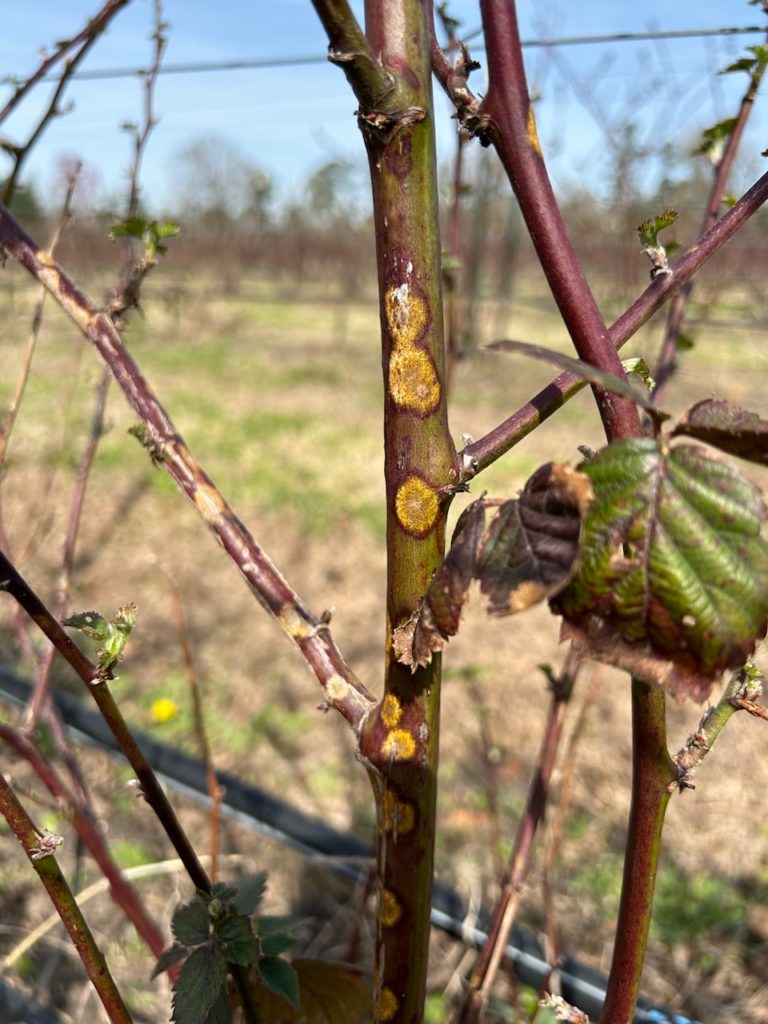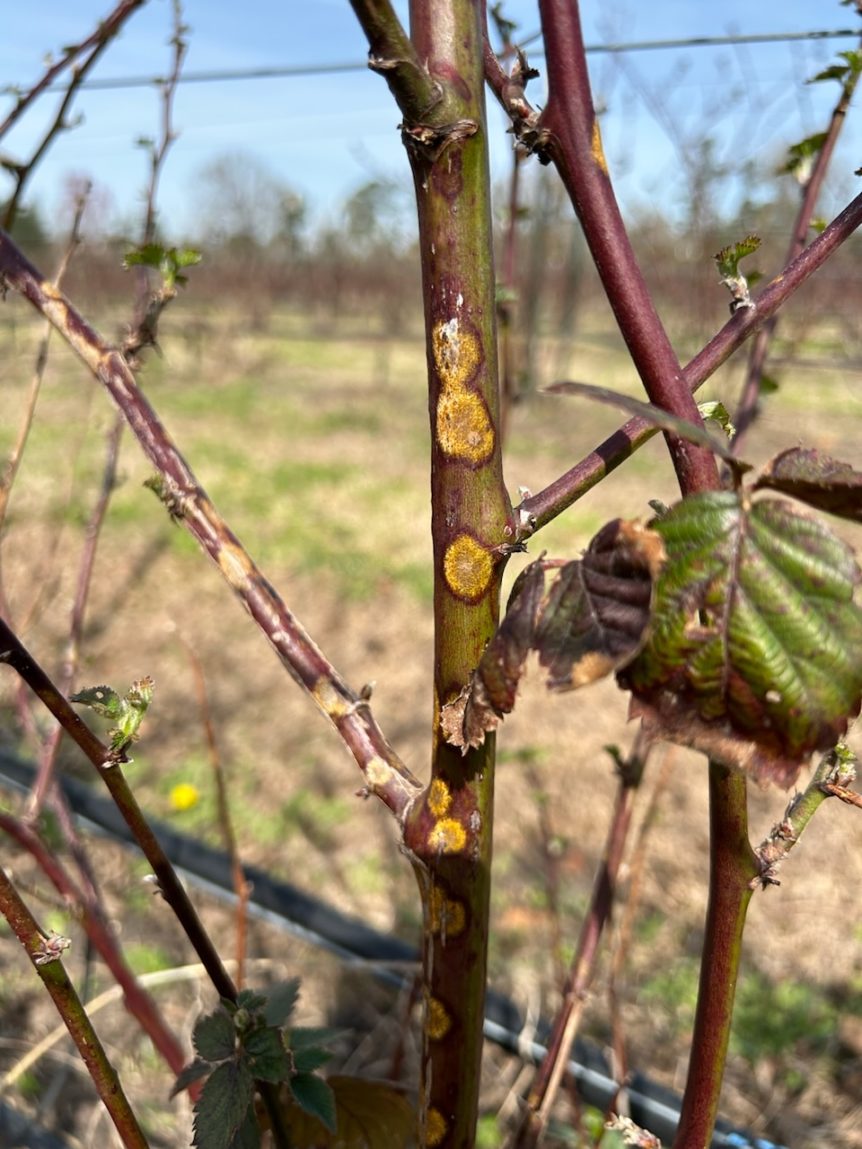
Weekly Field Update
Clemson Extension agents provide updates in The South Carolina Grower this week about the status of various crops being produced throughout the state.
Coastal Region
Zack Snipes
- I know our readership will increase this week because there is no way farmers are getting out into the fields anytime soon. Our weather station in Beaufort County logged 3.68 inches last week, and the station in Charleston logged 4.39 inches. I visited some farms on Thursday before the rains on Saturday, and fields were waterlogged then.
- I hope that strawberry growers got out their preventative fungicides as we are in full bloom right now. If growers have seen any Botrytis or Anthracnose, then a more curative fungicide like Switch, Merivon, Fonetelis or a few others should be used.
- The MYIPM app is an incredible resource for small fruit growers and has pesticide recommendations.
- I have seen feeding and breeding activity with vegetable weevil and yellow margined leaf beetles. What we are seeing right now is the first generation this year, so let’s stay on top of management by removing all culled and finished crops. Monitoring and applying labeled insecticides (both organic and conventional) will knock populations back before they become uncontrollable. Bt will not work on vegetable weevils or yellow margined leaf beetles.
- I have also seen an uptick in diamondback moth larvae this week.
Midlands
Phillip Carnley
- Strawberries are doing very well in the midlands, with a few gallons starting to be harvested on Camarosa. The main area of interest right now is making sure that anthracnose fruit rot is kept in check. It has started to appear thanks to our cool, very wet conditions as of late. Make sure to use a protectant like Captan or Thiram prior to any heavy rain event, followed by another mode of action like one of the strobilurins being mindful to rotate. It can be almost impossible to slow down the infestation if the weather is uncooperative. There is also a little concern for botrytis at the moment so keep an eye out for that and keep plants clean. Spider mites were also on the move but have been stopped nicely by the rain.
- Blackberries are moving nicely after being pruned. On a few varieties I am finding leaf rust, which can cause early defoliation of vines; to remedy the issue an application of a strobilurin or DMI will give you control. Removal of diseased canes after fruiting is a great cultural control for this disease which shows up first in the late spring and persists until late autumn the following year.
- A few growers are prepping for early tomatoes at the moment. Prior to receiving your plants make sure you have fumigated your beds.
Rob Last
- Strawberries are pushing out blooms; if you missed a fungicide application before the rainfall and have the presence of botrytis or anthracnose, then upgrading fungicide applications to Switch or Miravis Prime will be beneficial.
- Fungicides applied to protect blooms help to protect foliage.
- Keep an eye out for spider mites, as the warmer weather can be advantageous to mite population development.
- Leafy greens, onions and brassicas all look great right now.
- Keep monitoring for diamondback moths; larval numbers are beginning to increase.










